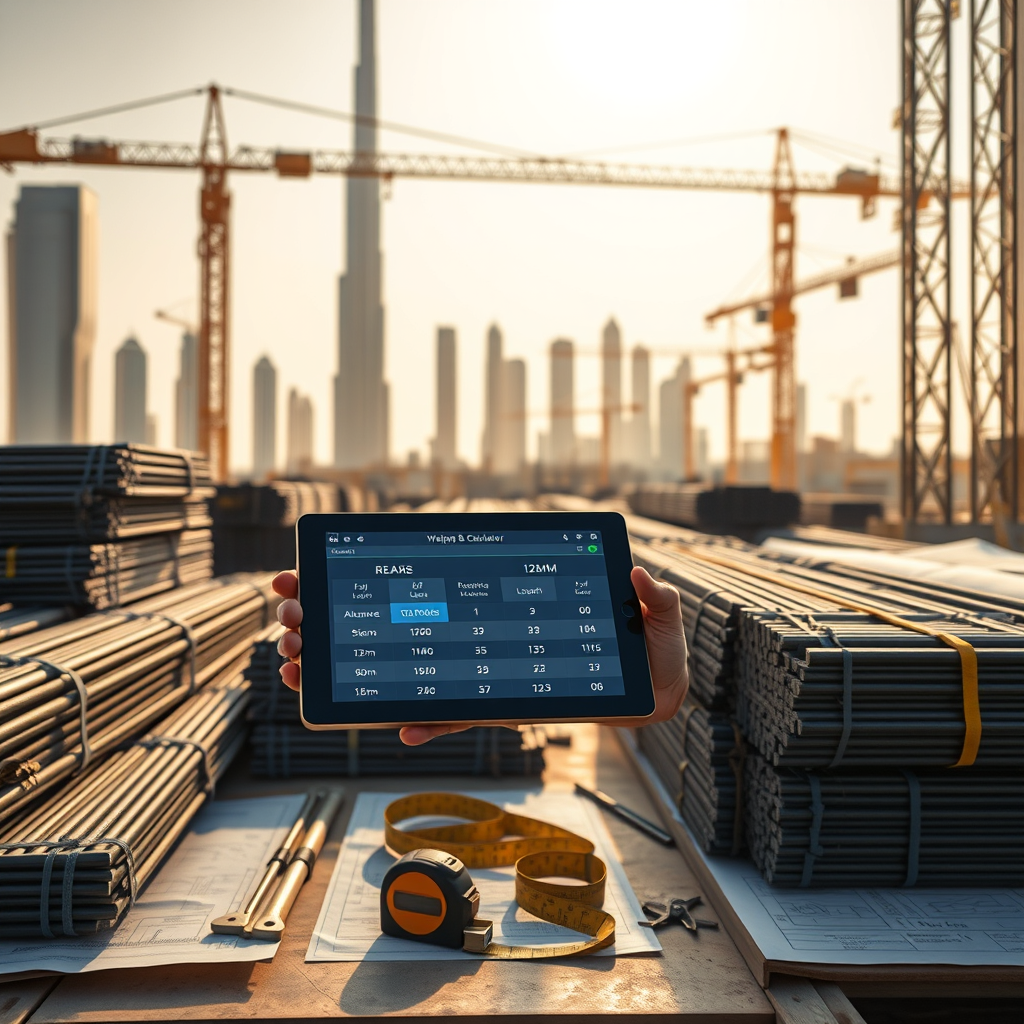The Power of Sound Beyond Sight
When you walk into a bustling casino, your senses immediately come alive—the clatter of chips, the murmur of other players, and the shuffle of cards create a tapestry of sound that draws you in. As a long-time table game enthusiast, I’ve found that authentic audio elevates the experience in ways no visual effect can replicate. In digital and live dealer online casinos, replicating that rich atmosphere can be challenging. That’s where 3D audio comes in: it bridges the gap between real-world casino floors and your living room.
Why 3D Audio Matters in Table Games
Traditional stereo sound provides left-right placement, but it often lacks depth and vertical movement. 3D audio, sometimes called spatial or binaural audio, adds height and distance cues, creating a truly enveloping environment. Imagine you’re playing blackjack online: with 3D audio, you’ll hear the dealer’s shuffle behind you, the clink of chips to your left, and the subtle exhale of an opponent to your right. This level of detail shifts table games from a flat experience into something almost tangible.
If you’re exploring best slot sites for winning uk, you’ll notice that several leading platforms now market enhanced audio features prominently. These sites often highlight their use of 3D audio to underscore their commitment to immersive gameplay and player engagement.
How 3D Audio Technology Works
At its core, 3D audio leverages techniques like head-related transfer functions (HRTFs) to mimic how our ears perceive sound in three-dimensional space. By applying digital filters that simulate the tiny differences in arrival time and frequency that our ears detect, audio engineers can make a sound appear as if it originated from above, below, or any direction around the listener.
In practical terms, when a dealer clicks cards or distributes chips, the audio engine positions those sounds precisely within a virtual three-dimensional room. As you lean in for a closer look at your hand, the volume subtly dips, just as it would in real life. In my testing, using simple headphones transformed an ordinary live baccarat table into a dynamic stage—one where I could almost feel the cards flutter.
Real-World Examples of 3D Audio in Casinos
Leading live dealer providers like Evolution Gaming and Playtech have begun rolling out spatial audio features. In Evolution’s Live Casino Lobby, you navigate through tables accompanied by ambient chatter that shifts as you move between game rooms. Playtech’s Progressive Roulette, meanwhile, layers crowd reactions and ball clicks in 3D, so you know exactly when a spin occurs nearby.
During a recent marathon blackjack session, I toggled the 3D audio setting on one platform and immediately noticed clearer cues for dealer speed and player bets. It wasn’t just a novelty—it made me anticipate shifts in table pace, subtly improving my decision timing. Fellow players in forums often credit these audio enhancements with reducing fatigue over long sessions, as the realistic soundscape keeps the brain more engaged than repetitive sample loops ever could.
Benefits of Immersive Audio for Players
Immersive audio delivers several player benefits. First, it enhances situational awareness: when sounds come from distinct directions, you develop an intuitive sense of table dynamics. This can aid in reading dealer patterns or anticipating peak action moments. Second, spatial sound increases emotional resonance. Hearing enthusiastic reactions from virtual bystanders or the crisp flip of a poker card heightens excitement and suspense.
Moreover, 3D audio fosters a deeper connection with the game. As someone who has tested dozens of live table variants, I’ve found that when audio feels authentic, I’m more likely to stay focused and enjoy extended play. When immersion peaks, the game shifts from a passive screen interaction to an active sensory adventure.
Tips for Getting the Most Out of 3D Audio
To fully appreciate spatial sound, you’ll need quality headphones. Over-ear models with good frequency response and minimal leakage work best. While some platforms claim 3D audio over standard speakers, you’ll lose directional cues without headphones that seal properly around your ears.
Next, adjust in-game audio settings. Many casinos allow you to balance table sound versus ambient background noise. I prefer dialing down music beds to better prioritize dealer interactions and chip clicks. Finally, ensure your device’s audio drivers or smartphone OS are up to date—some improvements to spatial audio processing require the latest software enhancements.
Future of Audio in Digital and Live Table Games
Looking forward, I anticipate broader adoption of personalized audio profiles. Imagine your favorite online casino learning your hearing preferences and fine-tuning HRTF parameters to match your unique ear shape. Combined with haptic feedback—vibrating controllers or smart chairs—this could deliver next-level immersion.
Virtual reality casinos already showcase 360-degree audio, but even non-VR platforms stand to gain. As bandwidth and processing power increase, we’ll see more live tables adopting dynamic crowd noise and reactive dealer voices. Machine learning might even analyze your betting style and introduce subtle audio cues—alerting you when you deviate from profitable patterns.
Conclusion
3D audio transforms table games from flat digital renditions into convincing sensory experiences. By accurately positioning sound around and above you, spatial audio deepens immersion, sharpens awareness, and makes every shuffle, spin, and bet feel more real. Whether you’re a casual gambler seeking atmosphere or a seasoned player honing timing and rhythm, embracing 3D audio brings you closer to the authentic casino vibe.
Next time you log into your preferred live dealer section, don your best headphones, explore the spatial settings, and listen closely. You may discover that the future of casino excitement lies not just in graphics or gameplay, but in the layers of sound surrounding you.




